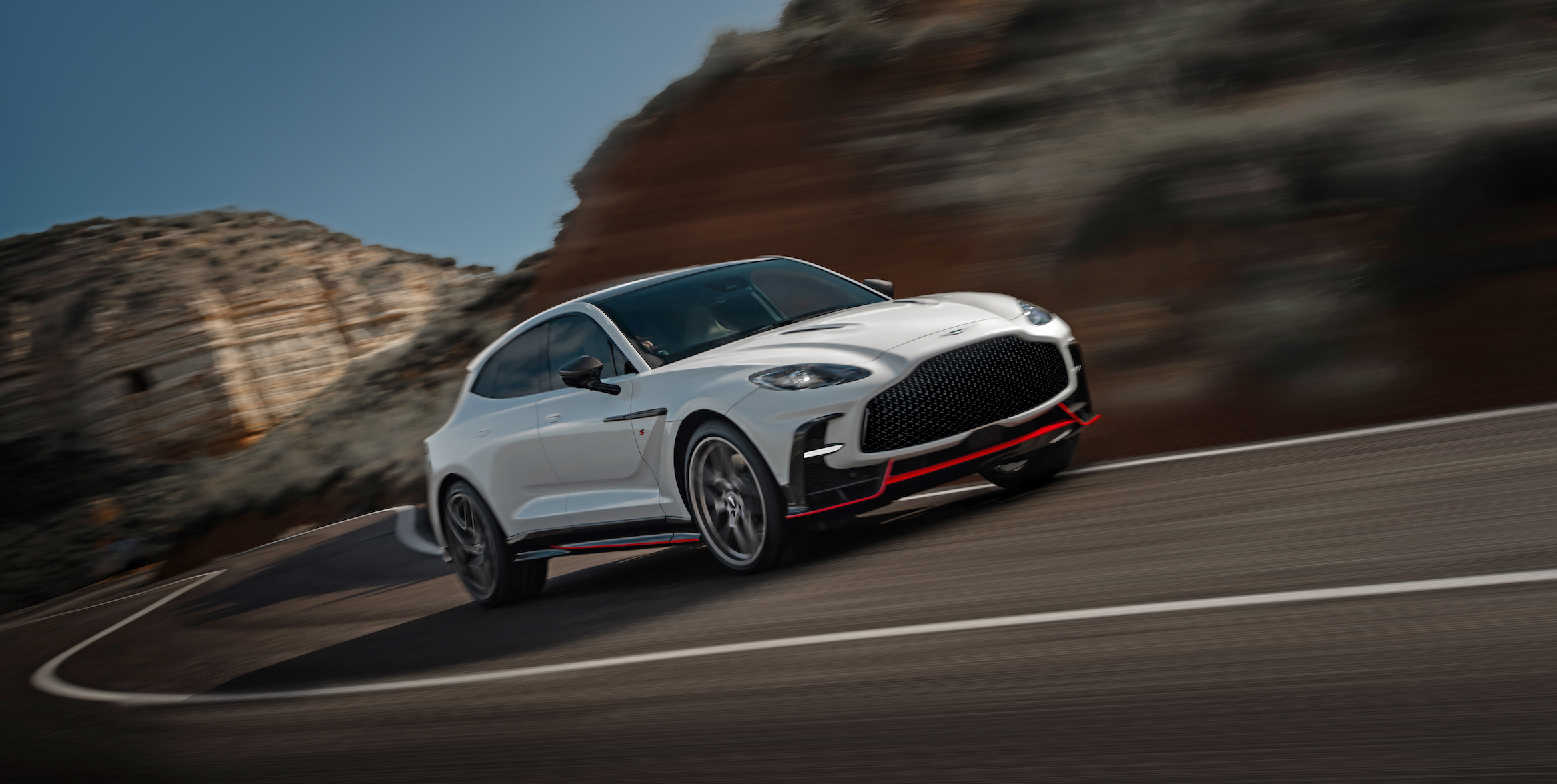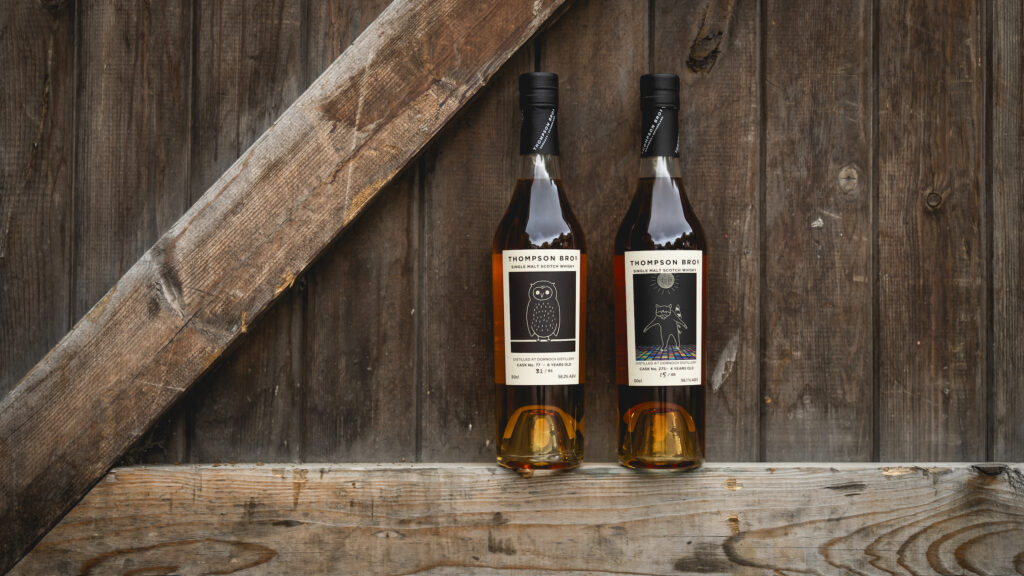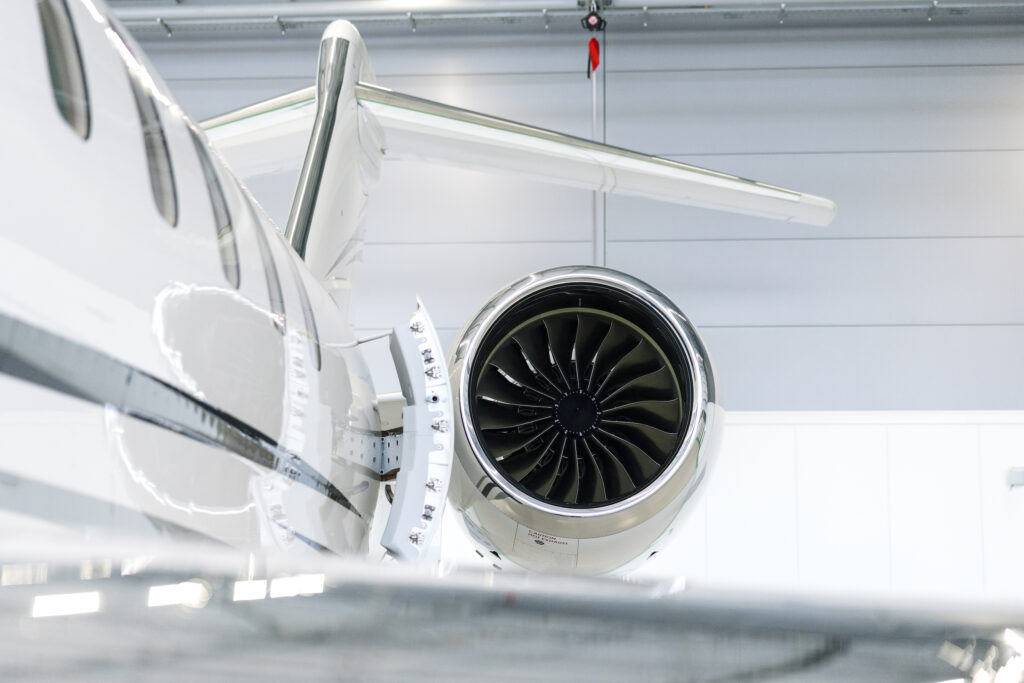The marque’s range-topping DBX lodel, the DBX S, proves that small tweaks can produce big outcomes.
For all its commitment to progress and bleeding-edge tech, a streak of conservatism spears through the heart of the auto industry. It’s why the Land Rover Defender’s boxy dimensions barely altered for almost 80 years; why the Porsche 911’s provocative silhouette has never been tampered with; why no one in more than a century has been brave enough to prise the Spirit of Ecstasy figurine from the nose tip of a Rolls-Royce (and eternal damnation surely awaits the sadist who does). Heed, if you will, the rarely aired motoring mantra: Change. Is. Bad.
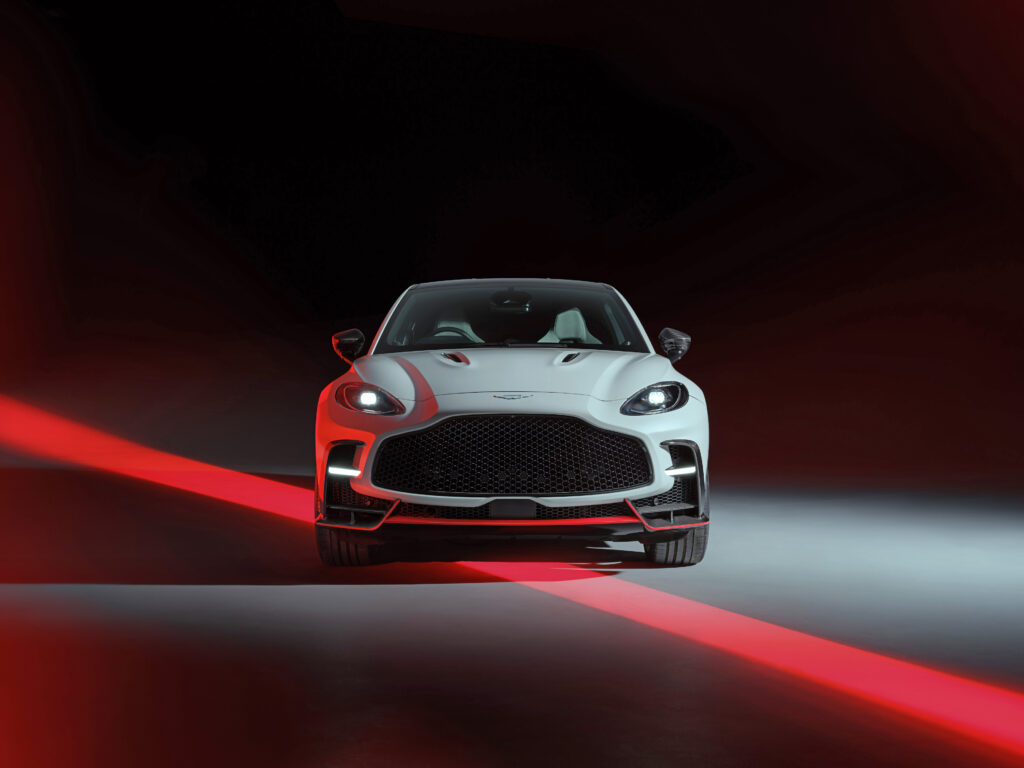
Which goes some way to explaining why Aston Martin hasn’t tried to divert the course of history with its recently unveiled range-topping DBX model, now with an added ‘S’ suffix. And why should it. Within a year of its 2020 release, the four-wheeled bullet became the marque’s hottest-selling car, with even flinty SUV trolls universally praising its driving performance and devotion to Aston’s sporty bloodlines.
The 2026 version’s cosmetic refinements show how small tweaks can produce big peaks: there’s a black honeycomb front grille, updated side sills, a reworked bumper and diffuser, 23-inch aluminium wheels (optional lighter-weight magnesium are available), and fresh accent colours—Rosso Corsa Red, Trophy Silver and Podium Green—to add visual pep. Climb inside for a new herringbone seat pattern and lashings of Alcantara upholstery. All very pleasing, all very luxe Aston.
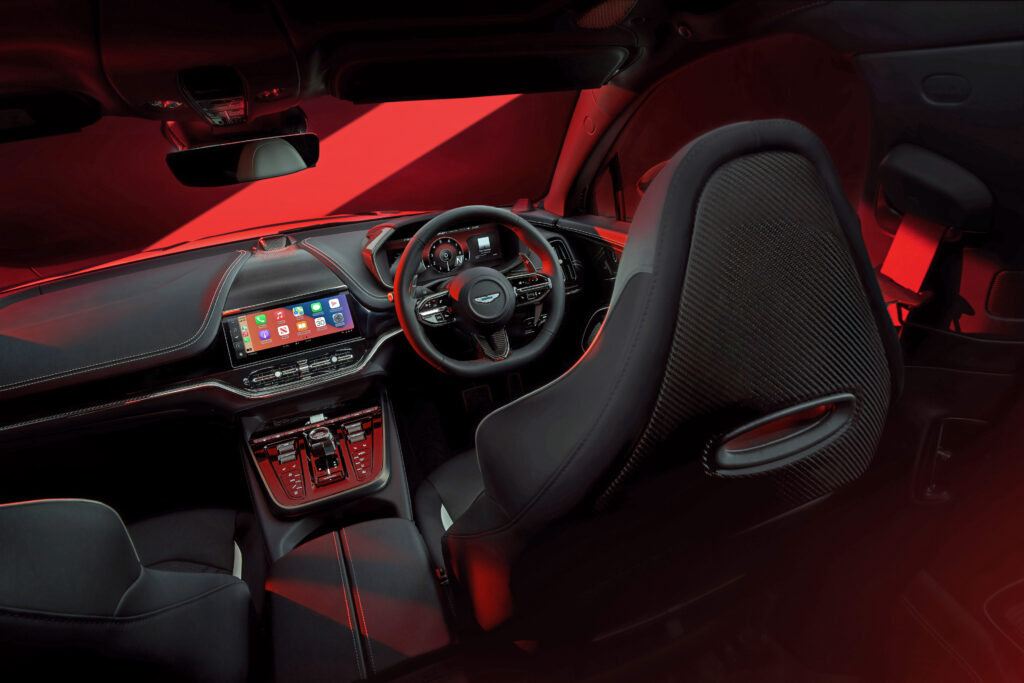
But it’s under the hood that the real narrative begins to unspool, where orthodoxy slams down a tequila, kicks off its shoes and salsas on the dancefloor. Using the nous gained from developing the Valhalla hybrid supercar, Aston’s engineers have upgraded the DBX’s turbochargers and squeezed 15 kW more from the 4.0-litre V8 engine, leaving a final figure of 535 kW— making the vehicle Aston’s most powerful ever SUV, and on par with its DBX sibling, the beastly 707. On an open road, these numbers translate to a zero to 100 km/h time of 3.3 seconds and a top speed of 310 km/h.
The status quo has never felt so good.

